In Memory Of Sony A7S & Sony Sonnar T* FE 55mm f1.8 ZA
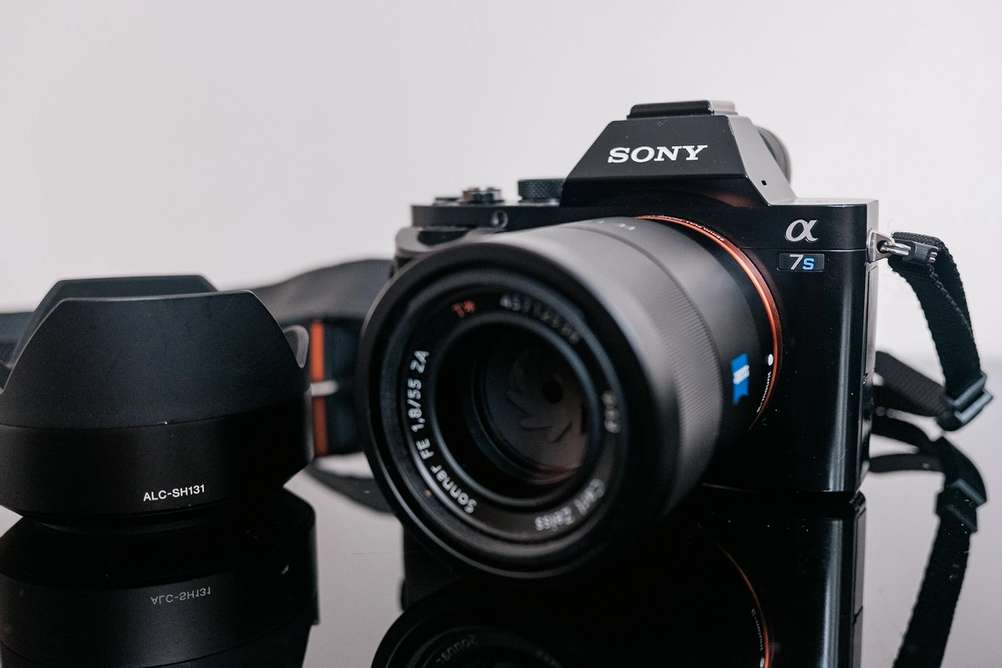
Since these items are already sold I don't have cooler looking photos. I used these for selling the items.
To fund another buy I had to sell my existing camera - Sony A7S. And because I didn't have any other Sony cameras - the Sony Sonnar T* FE 55mm f1.8 ZA lens ( what a lovely name ) also had to go.
Even though I didn't use this camera ( and lens ) much for the last year ( -s ) I had it - it needs a proper send off. More precisely - a post send off as it's already sold. After all, I've had this camera ( and lens ) for 6 or 7 years because I got it when it was released ( insane ). It has been with me on many trips. Big and small. It captured time around my daughter's ( first child ) birth. It was always there - ready to be used to capture moments. It deserves some words of love ( and dislike ).
Step 1: Spend, Spend, Spend
So why was I crazy ( and stupid ) enough to buy this camera pretty much at launch? I'm not sure anymore. At the time I wasn't taking photos too much. At least compared to now. My main camera was Pentax K-x - an APS-C dSLR. I also had a Fujifilm X100. Pentax K-x has long been sold. X100 I still have but it's not used much if at all. It's a nice camera so I'll likely keep it forever. I also didn't shoot as much film then.
I don't remember how I came across Sony cameras in particular. I had always wanted a full frame digital camera. Lenses always seemed to render better on 35mm film than APS-C cameras. At the time Sony were the main, if not only, mirrorless camera with a full frame sensor. Why did it have to be mirrorless?
- To adapt older lenses. I had ( and still have ) quite a few K-Mount lenses from the lifelong usage of Pentax stuff. I also had ( and still have ) some old soviet lenses. Adapting on mirrorless cameras is way easier than on SLRs. Thanks shorter flange distance!
- Mirrorless cameras are smaller.
- Mirrorless cameras seemed to be the future.
That's why Sony was the only real choice. On why A7S and not A7 - A7S seemed more interesting. Sure it had less megapixels ( 12 vs 24 on A7 ) but I was never into megapixels. Pentax K-x and Fuji X100 were 12 megapixel cameras and I never felt limited by that. If anything less megapixels was a positive because it takes up less space and is faster to edit. A7S had another feature that seemed super interesting to me - high ISO capabilities. Pentax and Fuji were not low light machines. They were not terrible but ISO 3200 was the likely useful limit. Sony could go to tens of thousands of ISOs if not hundred thousand. That seemed insane. I didn't have a use case for it but maybe I would find one.
All the movie / filming oriented stuff on A7S was of no interest.
The lens purchase wasn't fully planned. I had K-Mount lenses I could adapt. I also wanted at least one native glass so that I can autofocus and experience what modern lenses can do. The shop had a decent deal if you bought the A7S together with a lens so I went with the 55mm f1.8. I didn't know anything about the lens when I bought it. It seemed like the nifty fifty. And everyone needs a nifty fifty.
There you go - money spent. I had some surplus money at the time. I wouldn't be able to spend that insane amount of money on camera gear now. And I wouldn't want to.
Step 2: Shoot, Shoot, Shoot
With the new system in my hands it was time to take photos. Which I did. When I sold the camera it had taken just below 6000 photos. That may seem like a small number but I started photography with film. I don't take burst photos. And I'm quite picky about what I shoot in the first place. You would think that it improves my image quality...but you could be wrong. I don't have more good photos. Just less bad ones.
For 4 or more years it was pretty much the only camera I shot. And the 55mm f1.8 was the pretty much only lens I shot. When I felt the need to please the Pentax gods I put on some K-Mount glass. That didn't happen too often.
And I was happy. When I shot. But as time went on I shot less and less.
Step 3: Sell, Sell, Sell
You can blame Yashica Lynx-14 as the reason why the Sony family was sold. I don't remember where I got the Yashica. But I shot a roll of film through it ( it took several years to finish this roll I must add ). And I liked the results. And I liked the rangefinder experience. So I got a Canon Model 7 as a better rangefinder ( Yashica has a poor rangefinder patch ). Everything escalated and now I have no Sony. I am swimming in film photography gear. And I'm sleeping on a Leica pillow. One of these might not be 100% correct.
I didn't hate Sony at the end. But it didn't fill me with joy which is why I took photos less often.
As for the reasons why I now dislike super modern cameras and prefer rangefinders and film? I've written about that already:
- Rangefinder Life
- Why Do I Still Like Analog Photography In 2021
- and also Why I Bought Leica M9 In 2021
Read those to get the full insight but in short:
- I like simplicity. On Sony I didn't use at least 80% of features and that annoyed me.
- The camera is not a joy to use. It feels like a tool. Which is good in some circumstances. But not when you're an enthusiast photographer.
- Rangefinders fit my photography well.
It was never about the results. I maintain that you can get amazing results with any camera. But a camera that you love to use will give you more amazing results than a camera that you don't enjoy as much. The results from Sony with the 55mm f1.8 were sometimes bind blowing. But what good is it if it's only shot once every three months.
The Short Review
I've used the camera and lens for many years. Let's see if I can write some sort of a quick review of the camera and lens.
Of Sony A7S
This is a difficult one. It's easy to use every feature that mechanical film cameras provide. With A7S I only used about 10 - 20% of what the camera could do. Here's what I used:
- Single shot mode ( no burst ). Sometimes with a timer.
- Non-continuous autofocus - half press the shutter and it focusses. The focus point was in the middle 85% of the time. Rest of the time I would move it elsewhere like when shooting cycling competitions.
- Aperture priority 80% of the time. Remaining 20% split between shutter priority and manual.
- Only RAW. Never even seen a "straight from camera JPG" from A7S.
- Auto ISO 90% of the time. 10% was reserved for some insane ISOs.
- Menu was only used to format the SD card.
- Focus peaking with magnification for adapted manual lenses.
It did these things well for me. Autofocus was as fast as I needed it. Definitely faster and more precise than Fujifilm X100. The chosen exposure settings always seemed pretty spot on. Although I had the exposure compensation between -1/3 and -1 most of the time. Just because digital handles under-exposure better than over-exposure. RAW files were easy to work with and I could always pull out loads of stuff from shadows. Even highlights were recoverable with good results. I liked how highlights were handled in general with the A7S sensor.
ISO handling was insane. You never had to think that a scene is too dark. Bump the ISO and go. 12800 is a normal ISO to use. After that you get to see some noise but it's usable. 102400 was the limit for me. Anything higher was not usable even for my low standards. But to think that it's possible to get usable results from ISO 102400 is insane to me. I should've used the feature more.
Focussing with older manual lenses was acceptable but I'm not the biggest fan of manually focussing like this. You can definitely get super precise focus with peaking and magnification but it's sooo slooow. Especially when compared with a rangefinder focussing where it feels instant.
Camera was built well. It didn't fall apart although the LCD seemed somewhat used / scarred. It felt solid but nowhere near as nice as an old mechanical film camera does to my hands. The grip made it easy to hold it and ergonomics were good. The issue is that I didn't feel enjoyment when using it.
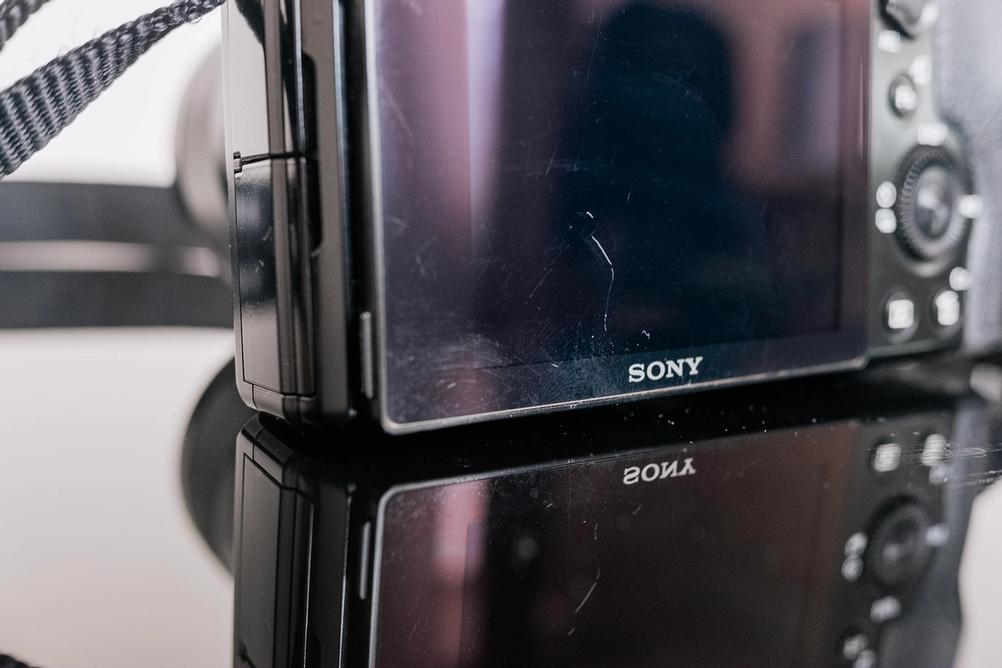
The LCD was the only "major" cosmetic issue with my camera.
Of Sony Sonnar T* FE 55mm f1.8 ZA
This lens is a monster.
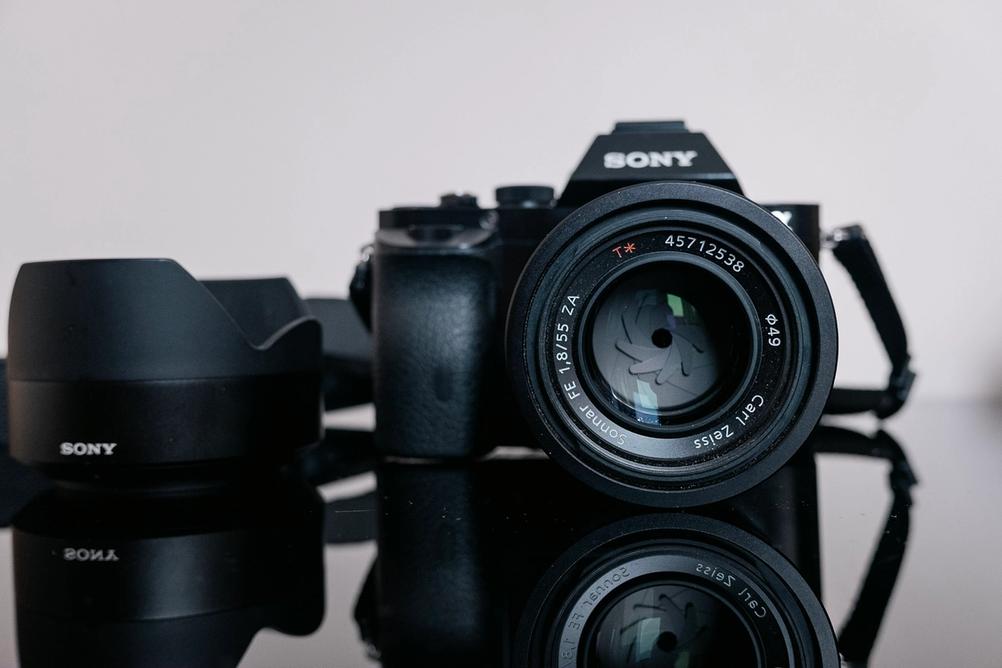
That's a nice looking aperture!
Let's start with a negative - you would have to be insane to enjoy focussing this lens manually. Focus by wire is terrible and might as well not exist. Luckily the camera auto focussed well so it's not the largest loss that the world has ever seen. There is also no way to control aperture from the lens itself. When electronics on the lens break - you have a glass brick.
A brick that's well made. Metal and glass all the way. Apart from the lens cap which is a plastic piece of crap that broke on me. There's no unwanted movement and no rattles to be found. There's no need to actually touch the lens so...it might as well have been completely solid.
Image quality is insane - if you like modern lens rendering. It's sharp from f1.8 - everywhere. If there's distortion then it's tiny and easily fixable. Contrast and colors are very poppy and in your face. Even with everything popping - it doesn't destroy highlights. Light is kept at bay. There can be a slight chromatic aberration in high contrast situations but only when shooting wide open. Close it down to f2.8 or more and forget that it exists. Or forget all together as it's easy to fix in post - for the most part.
Subject separation has what Zeiss-kids call 3D pop. Subjects pop out almost as they are on a different layer. It's not as nice as on medium format but for 35mm it's very cool. Bokeh is also surprisingly nice. Very corrected lenses can have busy bokeh but this lens doesn't suffer from that. Bokeh is smooth and not distracting. It's also not too exciting.
And that's the biggest issue with this lens. It's so perfect that it can be boring. After initial amazement of the perfection it never surprises. Never delivers something unique. Everything is sharp and very poppy. If that's your thing - it's the perfect lens for you. I liked it. But as it was with the camera - I got bored of it.
Even sadder than that - one day you won't be able to use this lens. Either electronics will die. Or the last of Sony E-Mount camera will die. I use old "classic" lenses that are almost 100 years old. With very little issues. Will you be able to use this lens in 100 years? Strong doubt. Even if I find this lens a bit boring, it's very sad that people won't be able to use this - to them - classic lens. This applies to almost all lenses produced these days.
Still. If you have a Sony full frame camera ( or even APS-C ) - I would highly recommend this lens. It's not too expensive. Especially used. And the output is very good. Even if it's a bit boring. Boring can be good sometimes.
Many Pictures
Here are some pictures taken with both the A7S and the 55mm f1.8. Not all pictures are taken with the 55mm f1.8 but I'll try to flag the ones that aren't. Shown in chronological order.
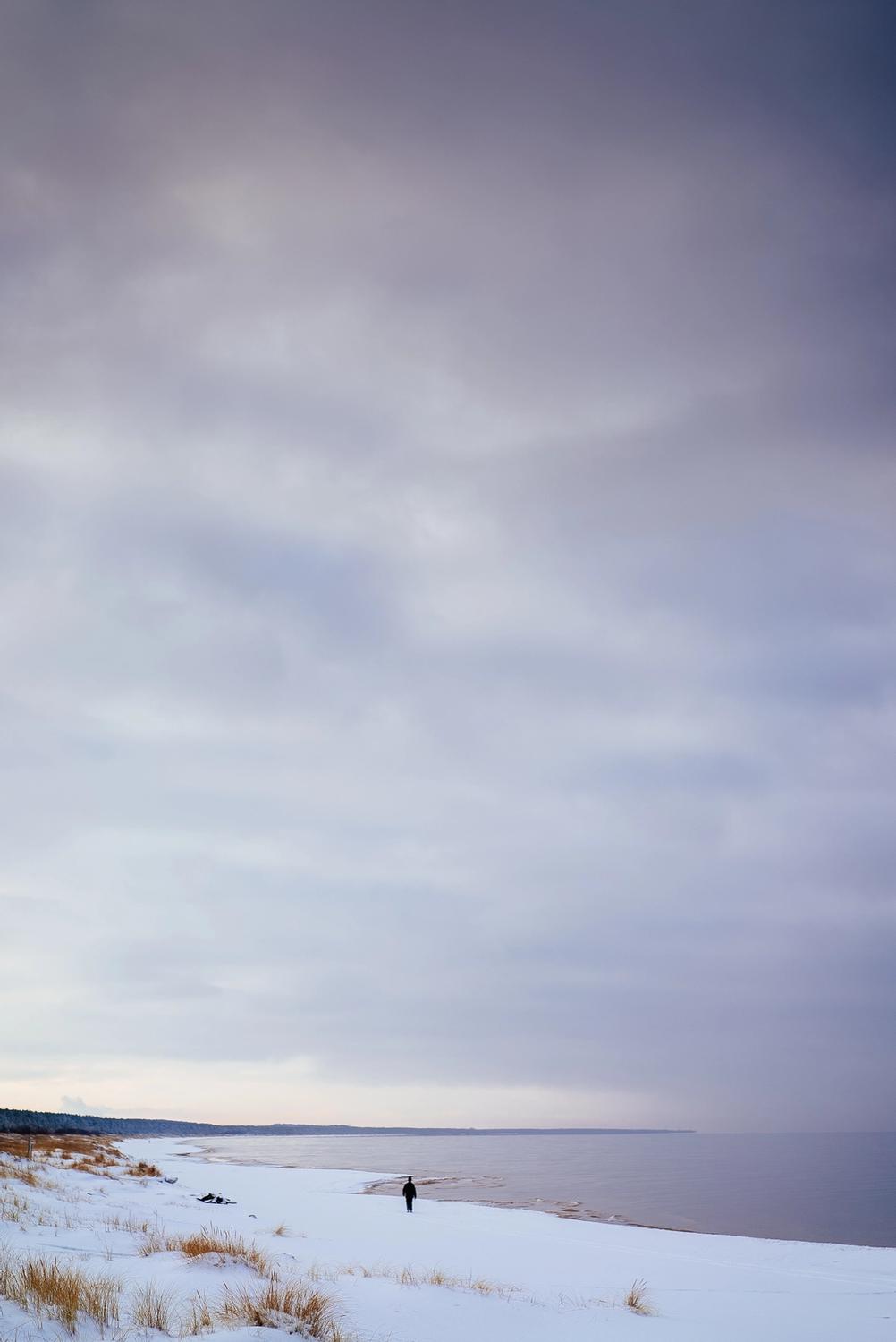
- Camera
- Sony A7S
- Lens
- Sony Sonnar T* FE 55mm f1.8
A simple image of a ( presumably ) person on a wintery beach. 12mpix is enough - especially with a lens that extracts all the detail.
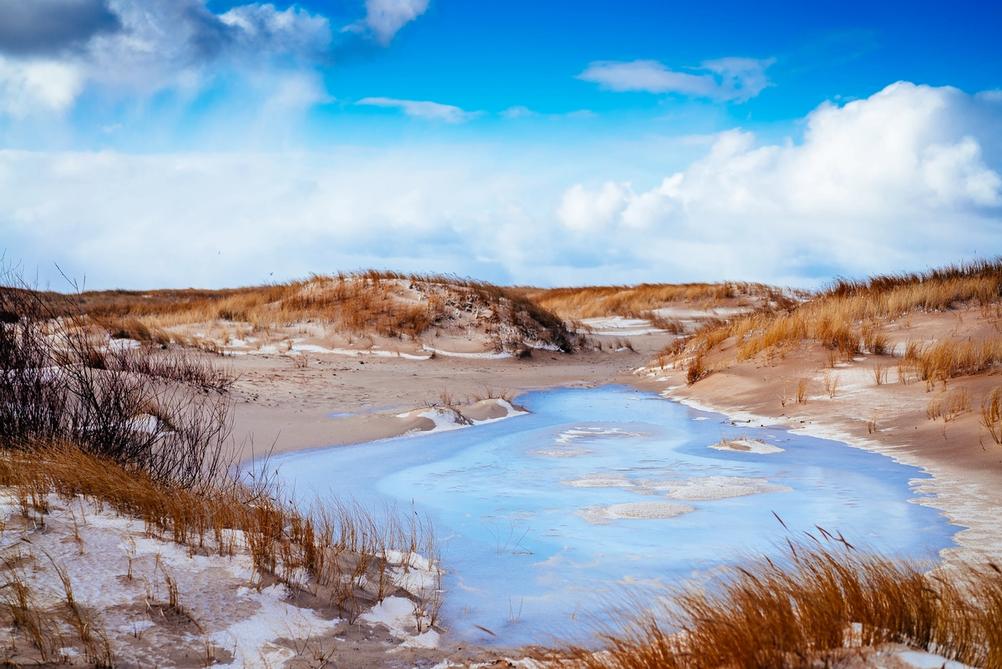
- Camera
- Sony A7S
- Lens
- Sony Sonnar T* FE 55mm f1.8
Continuing on the beach theme. Here everything pops. And at the same time there's lots of dynamic range.
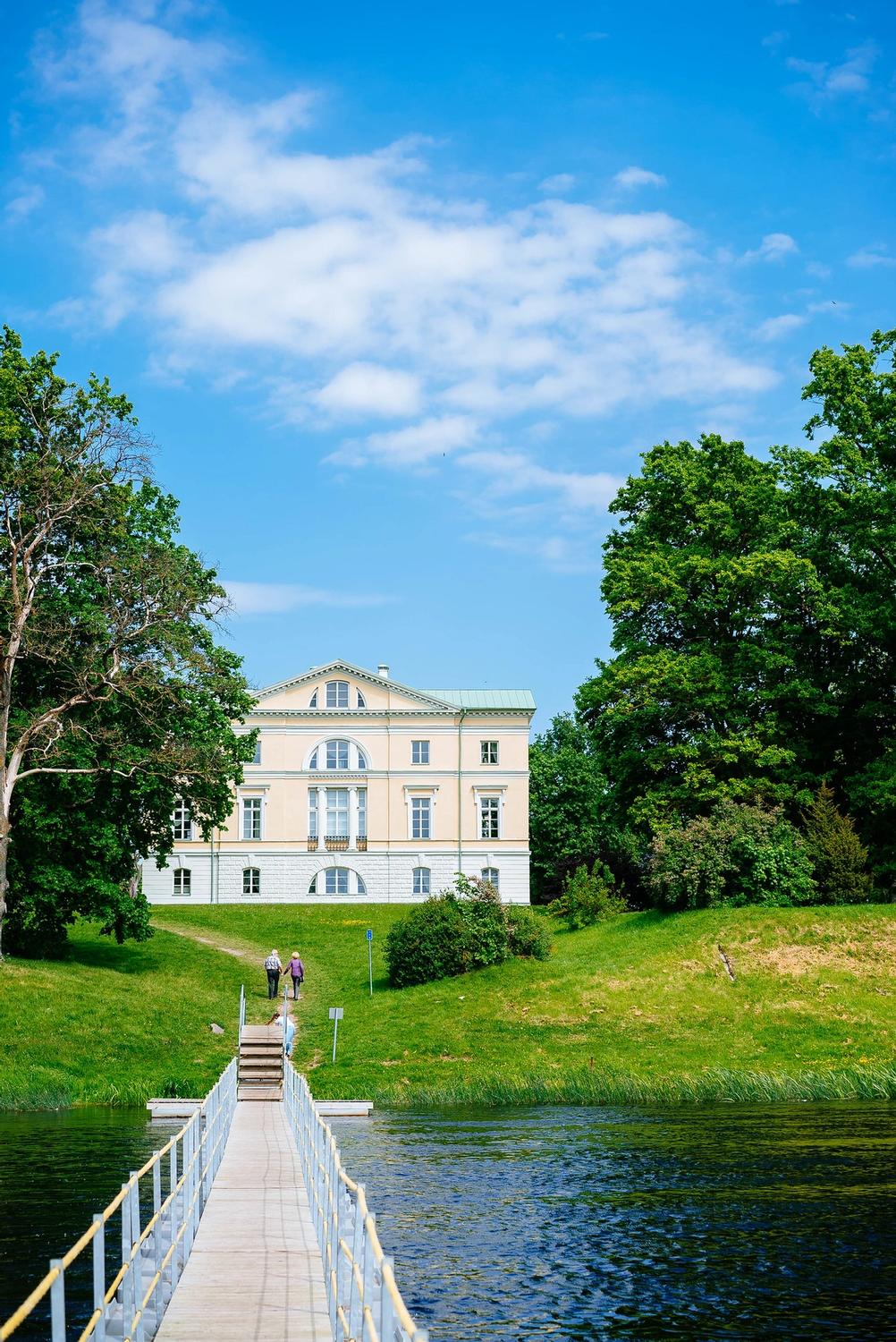
- Camera
- Sony A7S
- Lens
- Sony Sonnar T* FE 55mm f1.8
It's quite amazing of how much light information this camera and lens combination can capture. It almost looks HDR but no as fake.
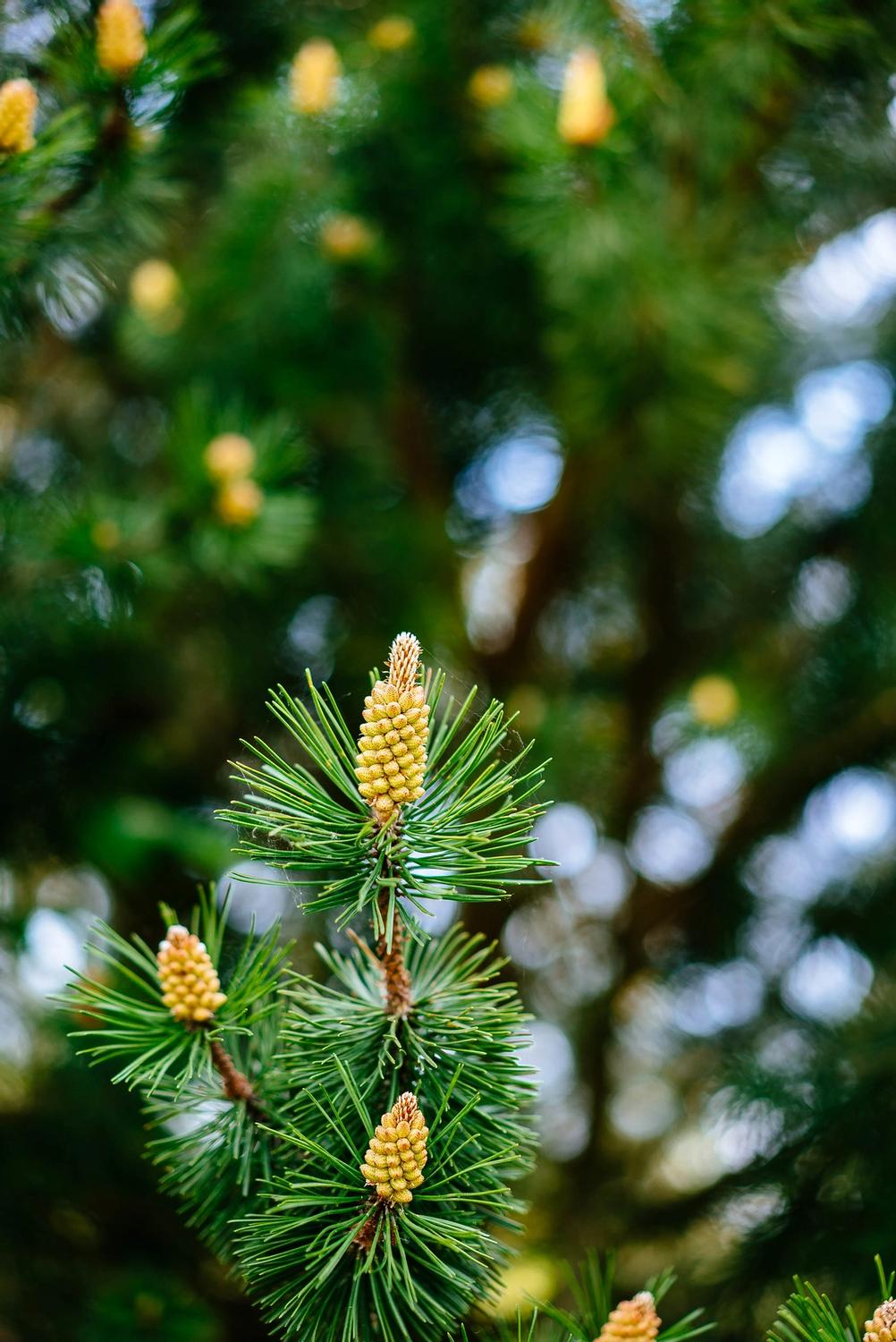
- Camera
- Sony A7S
- Lens
- Sony Sonnar T* FE 55mm f1.8
Example of a good bokeh. It doesn't look chaotic and distracting. It looks good. Even with the sudden highlights peaking through which can cause issues for many lenses in the bokeh department.
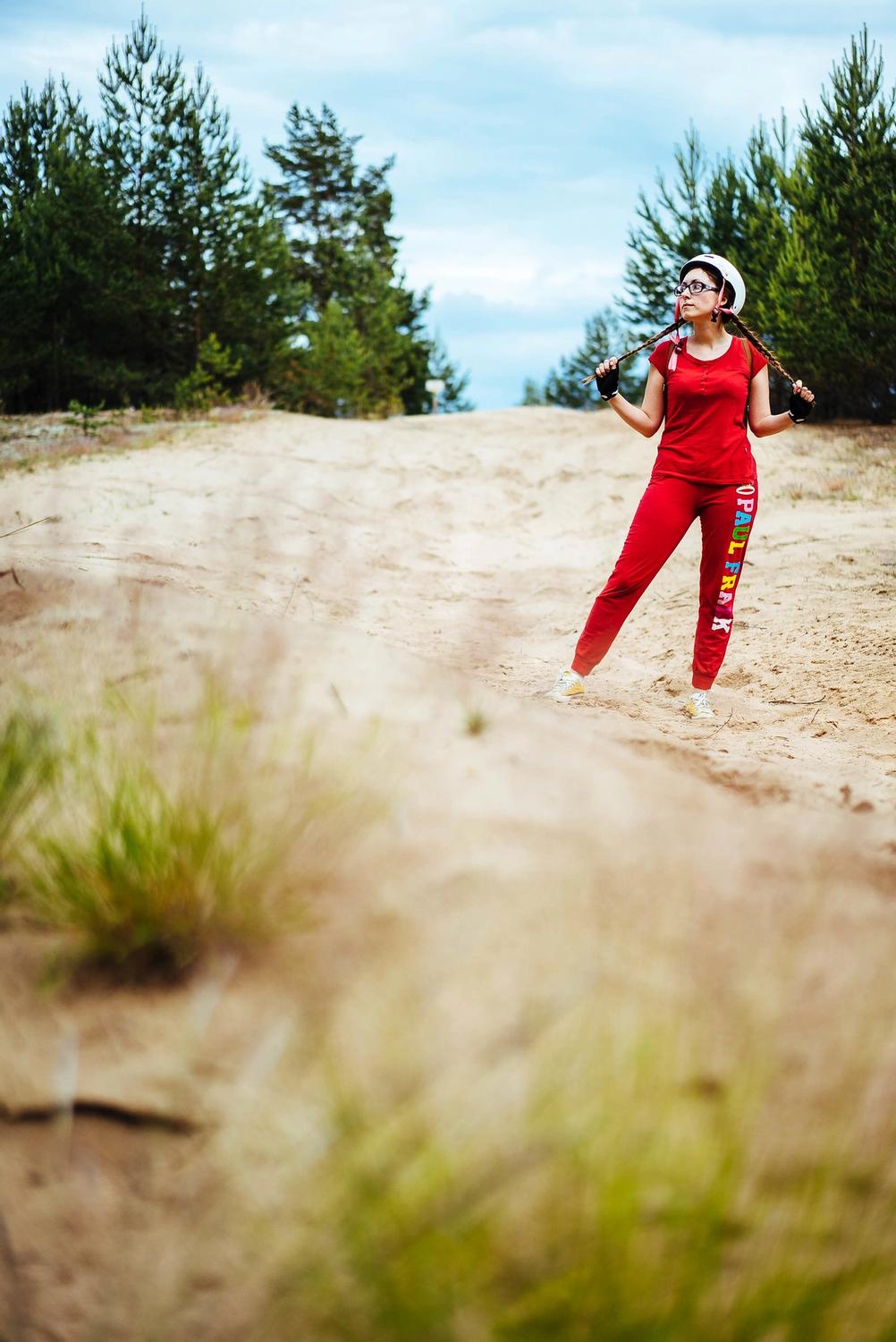
- Camera
- Sony A7S
- Lens
- Sony Sonnar T* FE 55mm f1.8
Example of the super nice subject pop and an almost medium format look. Shot wide open and precise as if shot with f8. Depth of field doesn't lie though.
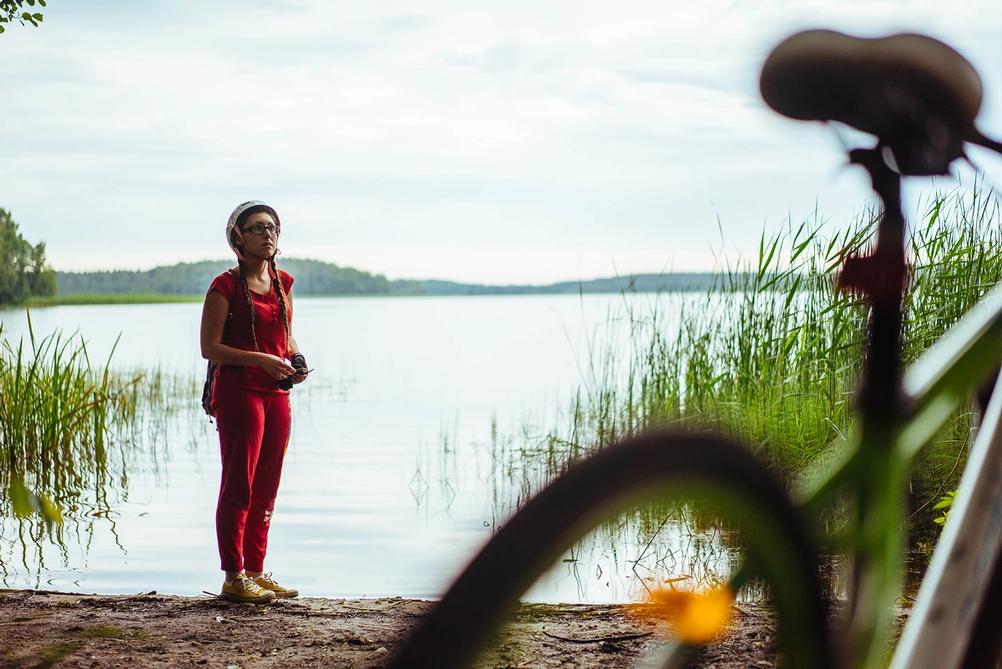
- Camera
- Sony A7S
- Lens
- Sony Sonnar T* FE 55mm f1.8
The camera and lens combo was also used when me and my then not-yet-wife were looking for a place for our wedding photo session. This is one of the places that was used in our actual wedding photo session. Sadly it was taken with some Canon dSLR if I'm not mistaken. The photos were great though!
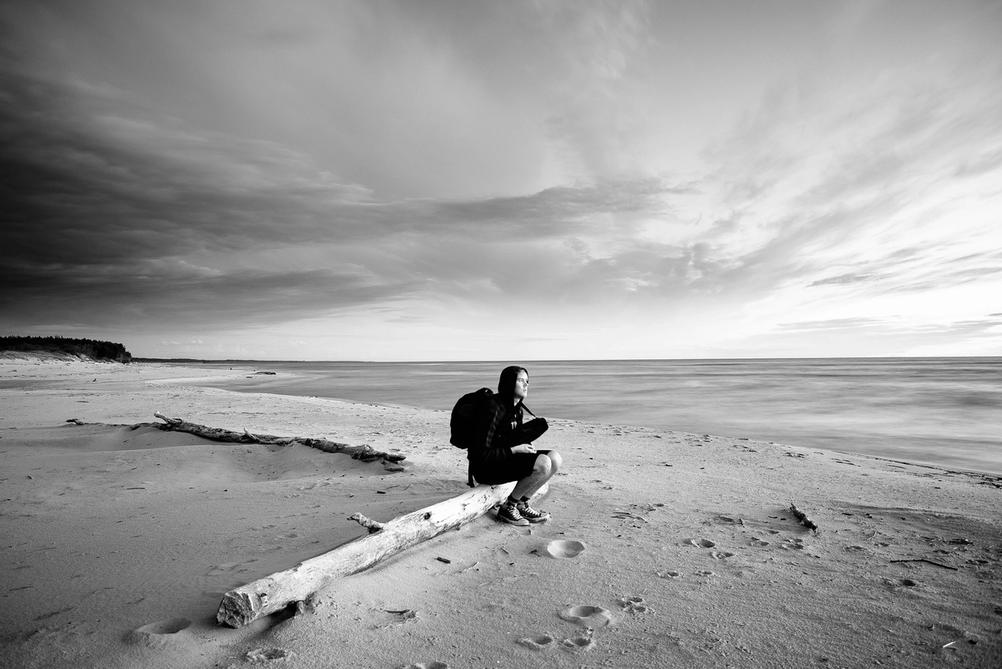
- Camera
- Sony A7S
- Lens
- Sony Sonnar T* FE 55mm f1.8
I also used the combo to take very bad selfies of me.
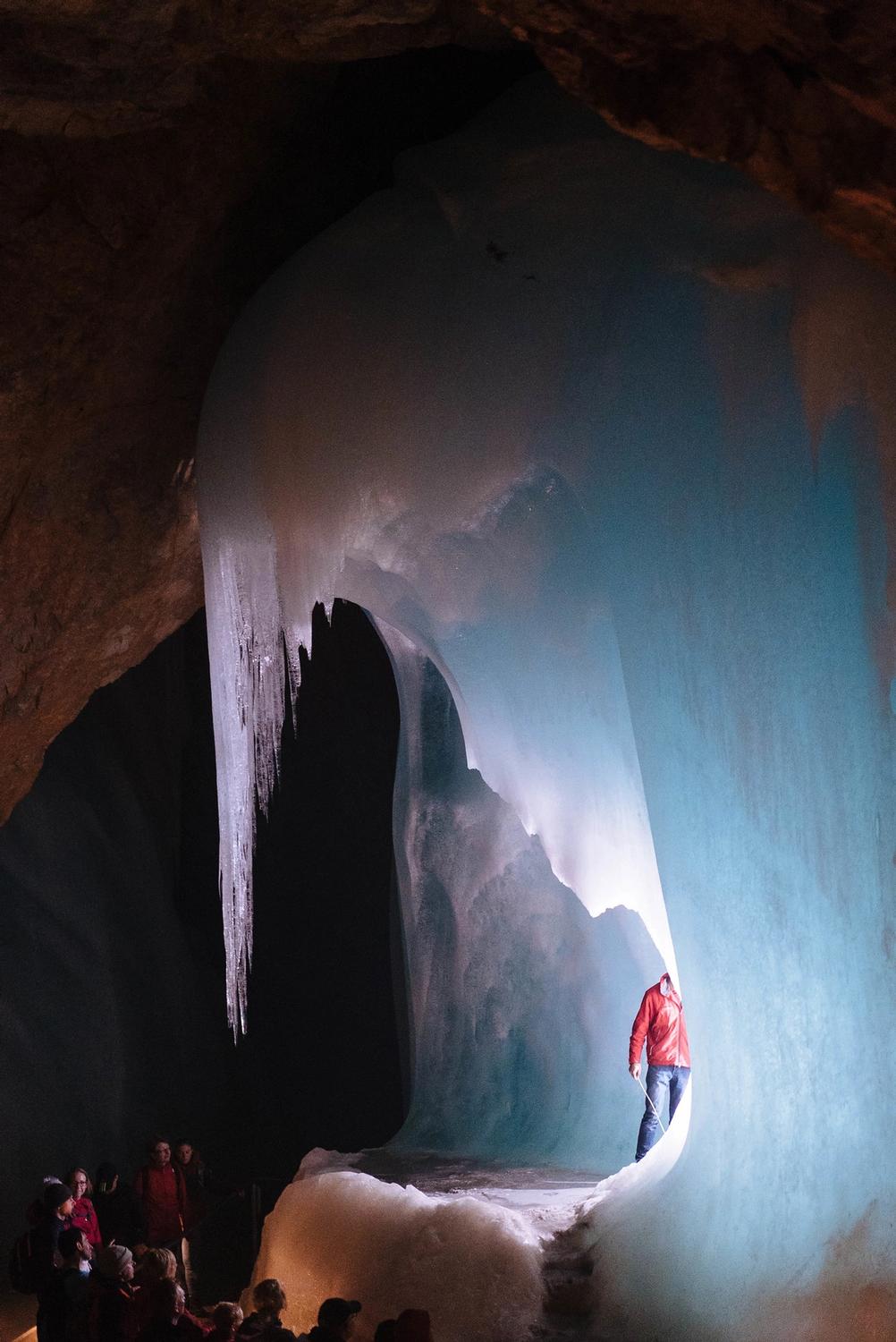
- Camera
- Sony A7S
- Lens
- Sony Sonnar T* FE 55mm f1.8
Here the high ISO comes to rescue and helps to take photos in dark and cold caves. Caves that have ice women.
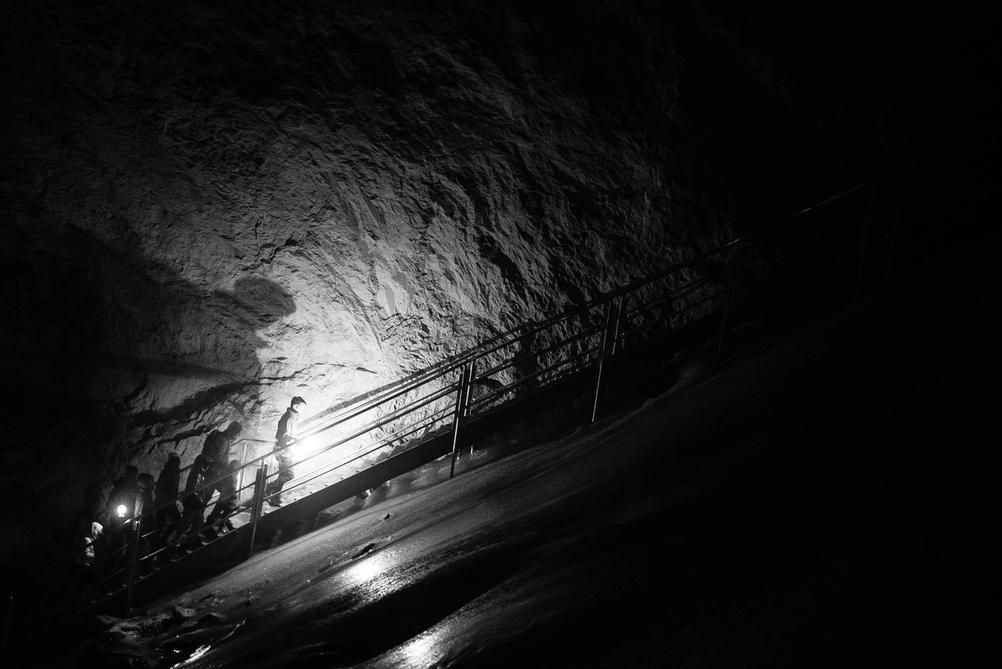
- Camera
- Sony A7S
- Lens
- Sony Sonnar T* FE 55mm f1.8
Still in the dark cave. It wasn't really allowed to take photos there. But with a high ISO camera and no flash nobody could tell that I was taking photos so all is well.
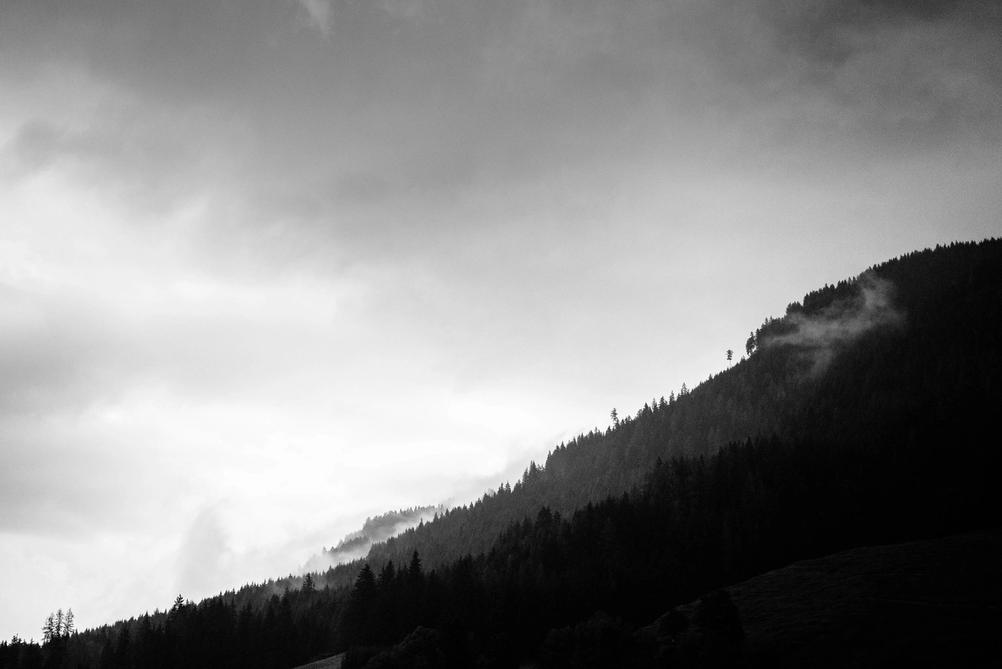
- Camera
- Sony A7S
- Lens
- Sony Sonnar T* FE 55mm f1.8
The combo captures more than one trip to big mountains. The camera output was quite supportive of black and white conversion.
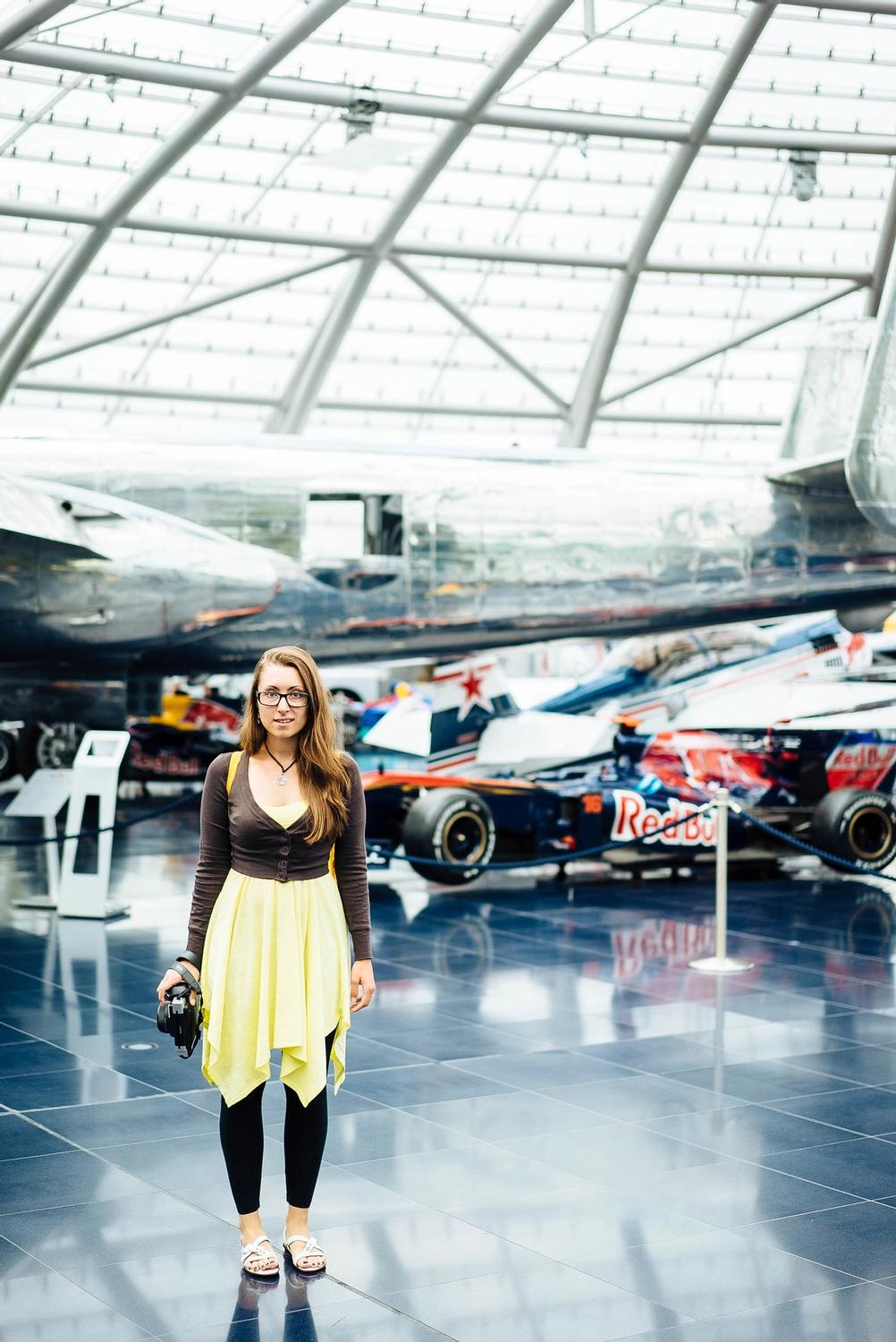
- Camera
- Sony A7S
- Lens
- Sony Sonnar T* FE 55mm f1.8
The combo has definitely captured many great trips. Here's one again. Also with a medium format look and subject pop.
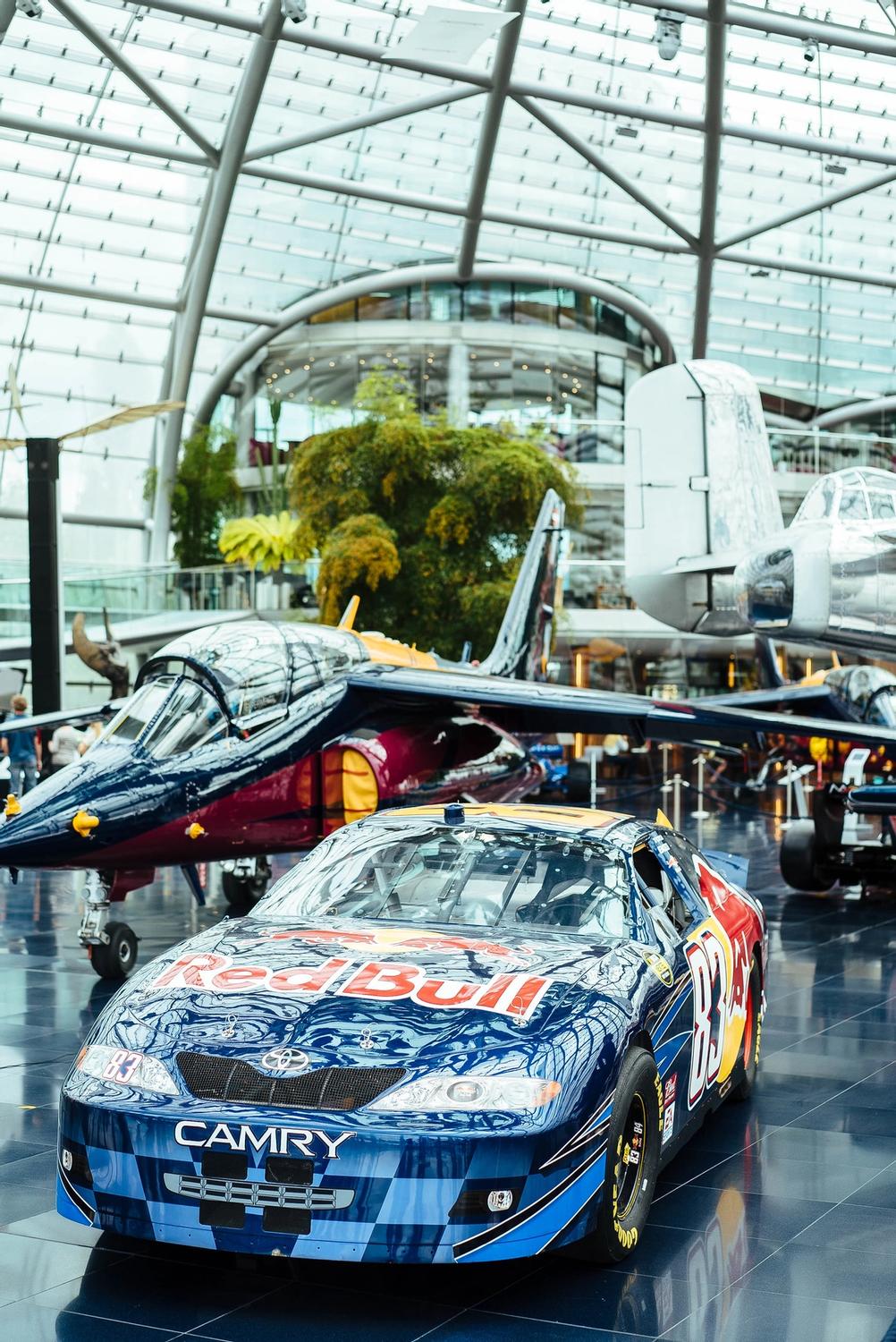
- Camera
- Sony A7S
- Lens
- Sony Sonnar T* FE 55mm f1.8
It's not a particularly great photo but I like the colors.
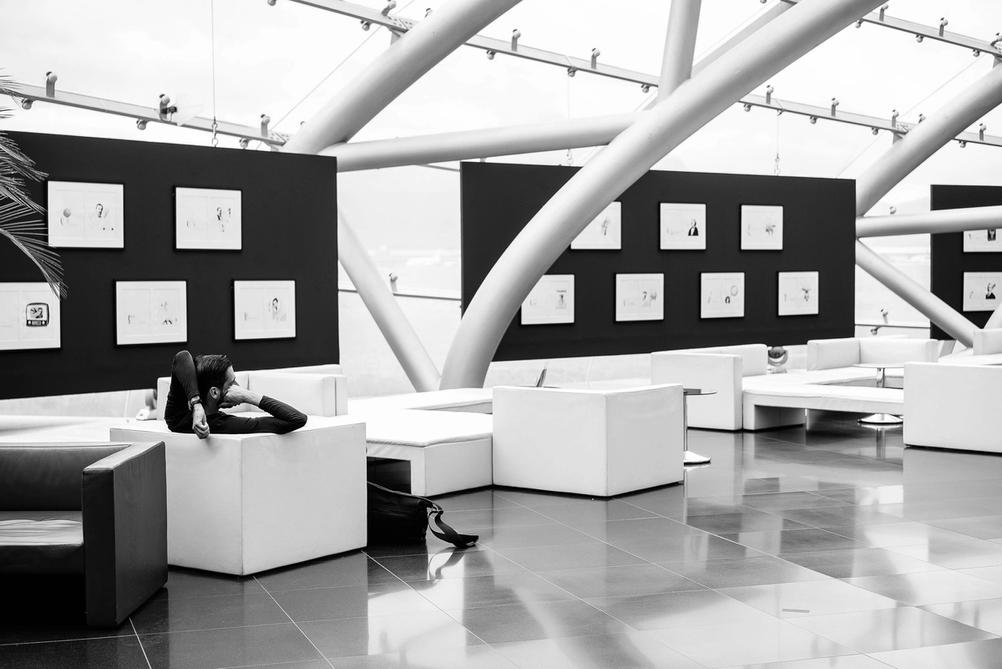
- Camera
- Sony A7S
- Lens
- Sony Sonnar T* FE 55mm f1.8
It also captured people making weird shapes with their arms.
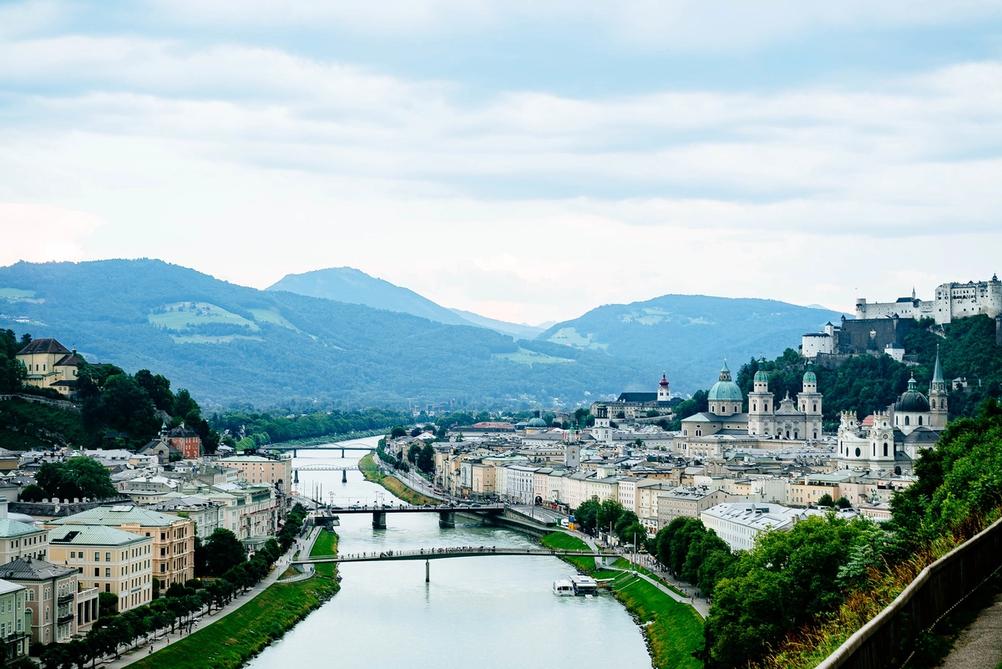
- Camera
- Sony A7S
- Lens
- Sony Sonnar T* FE 55mm f1.8
It obviously had to take postcard like photos too.
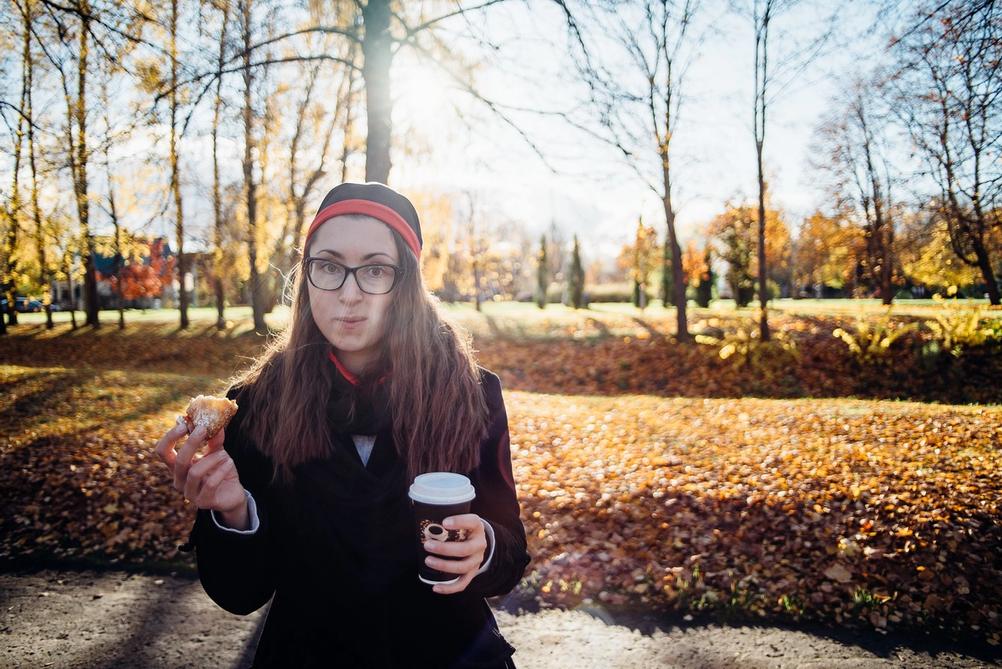
- Camera
- Sony A7S
- Lens
- Makinon 28mm f2.8
The camera has a surprising capability to retain highlights. This was also shot with an older K-Mount 28mm lens - so it's not all down to the Zeiss lens.
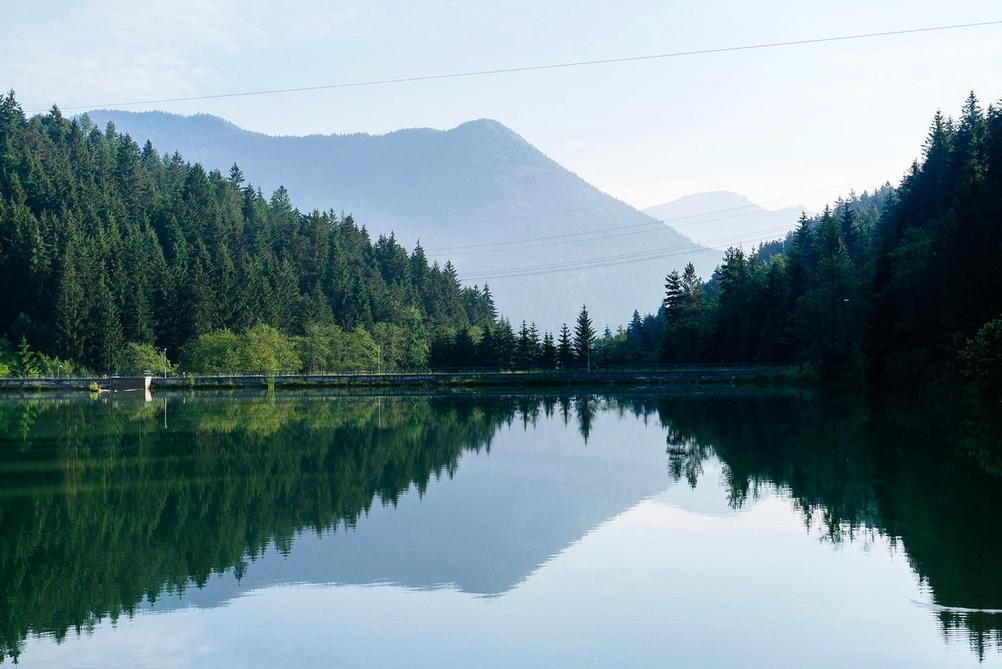
- Camera
- Sony A7S
- Lens
- Sony Sonnar T* FE 55mm f1.8
Can't have enough mountains.
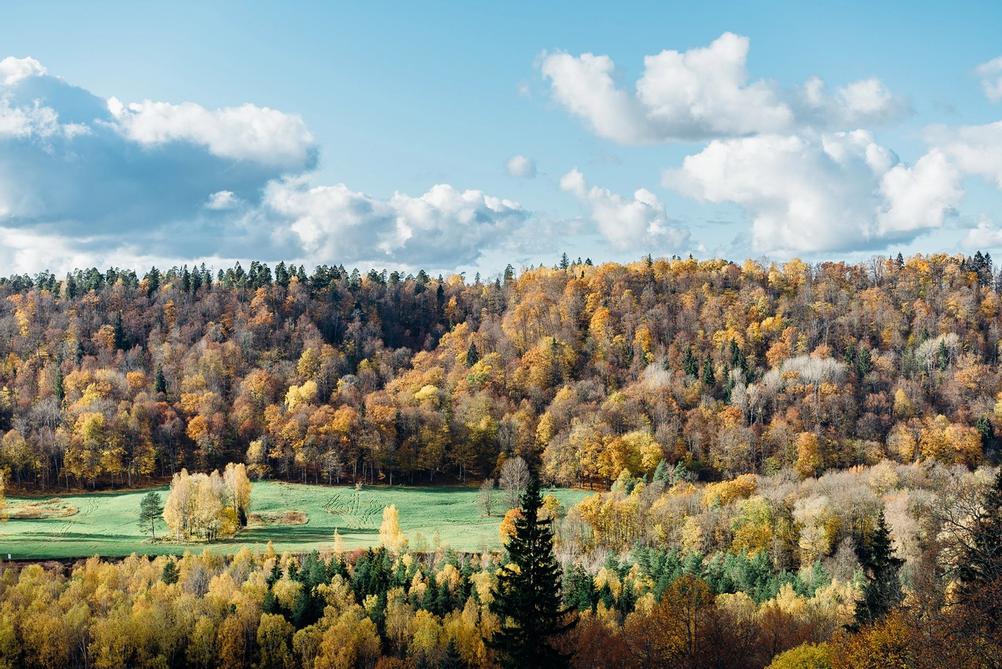
- Camera
- Sony A7S
- Lens
- Sony Sonnar T* FE 55mm f1.8
And the lens certainly produces all the possible colors on the saturated spectrum.

- Camera
- Sony A7S
- Lens
- Sony Sonnar T* FE 55mm f1.8
Even if the highlights are way above the digital limits - it still looks weirdly nice.
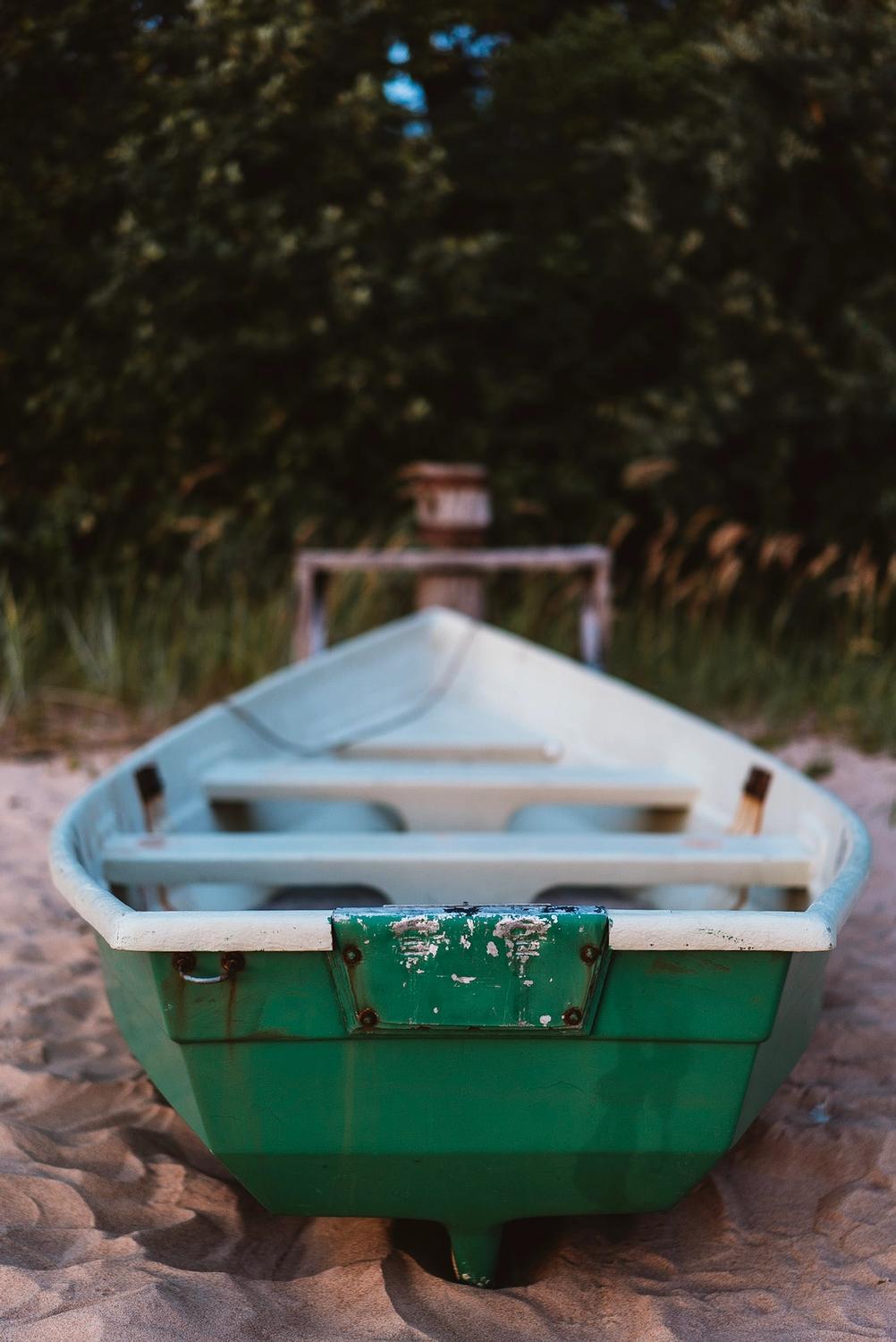
- Camera
- Sony A7S
- Lens
- Sony Sonnar T* FE 55mm f1.8
Another example of a very pleasing bokeh - which is the main subject of the photo.
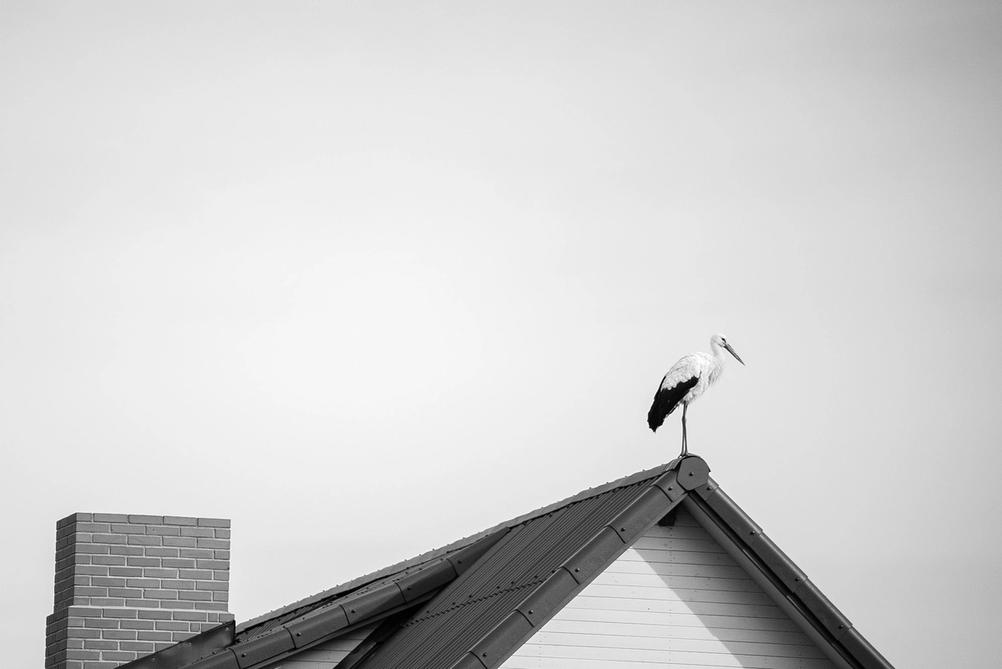
- Camera
- Sony A7S
- Lens
- Sun Auto Zoom 85-210mm f4.5
Sometimes it's necessary to stick an old K-Mount tele-zoom to take photos of storks.
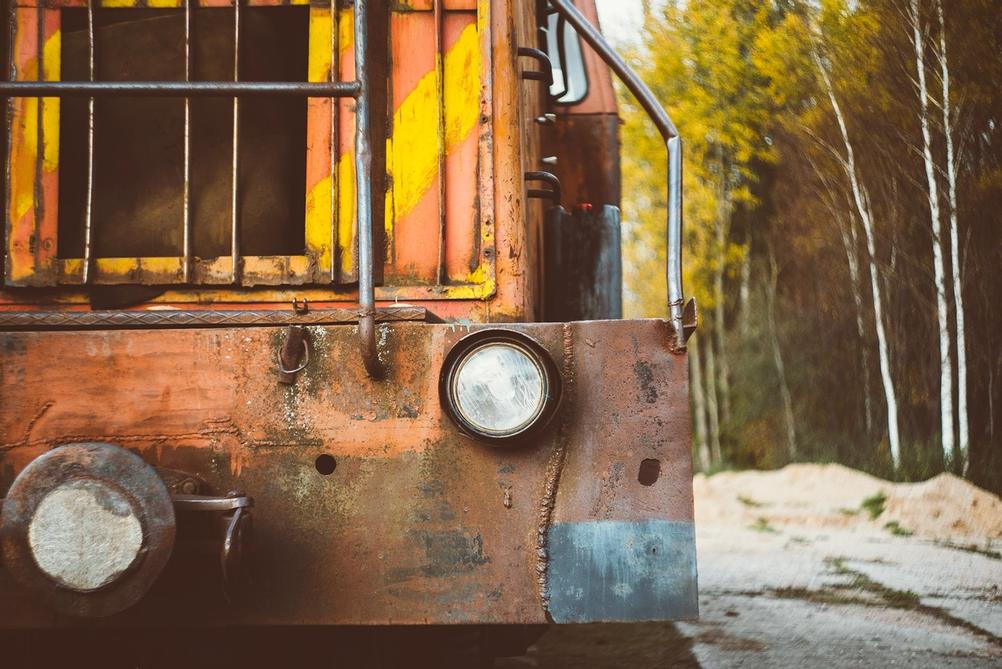
- Camera
- Sony A7S
- Lens
- KMZ Helios-44-2 58mm f2
And other times it's necessary to stick a Helios on for some swirl.
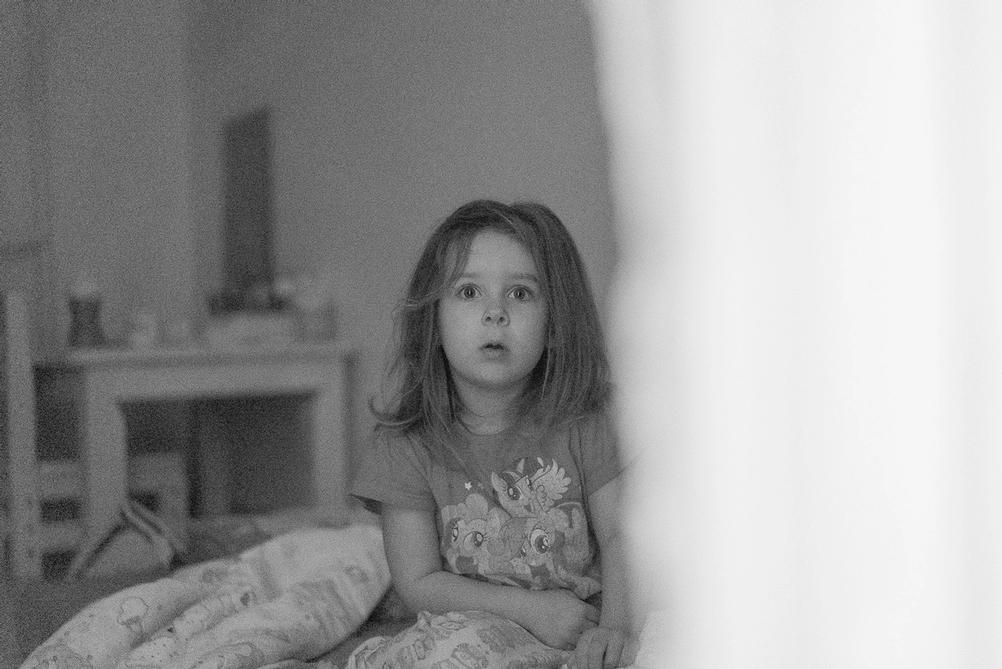
- Camera
- Sony A7S
- Lens
- Sony Sonnar T* FE 55mm f1.8
This was taken in very, very dark circumstances. ISO is in many, many thousands. My daughter is surprised of the figure lurking in shadows and taking photos.
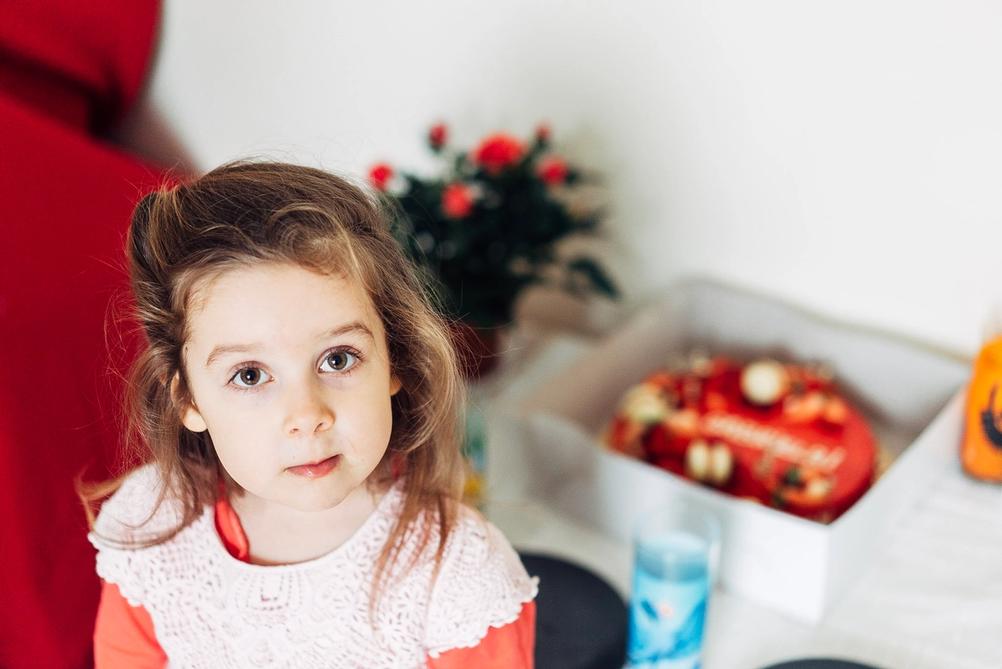
- Camera
- Sony A7S
- Lens
- Sony Sonnar T* FE 55mm f1.8
Clinical lenses don't always work well for portraits. But sometimes they do work really well.
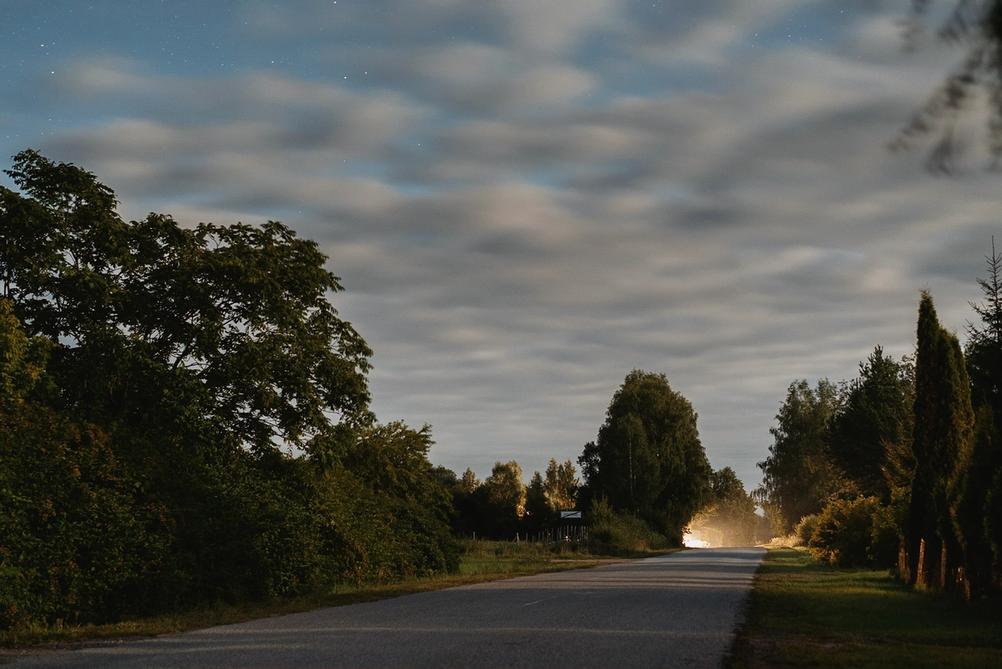
- Camera
- Sony A7S
- Lens
- Sony Sonnar T* FE 55mm f1.8
On the last months of the camera I tried night photography. I should've done it sooner.
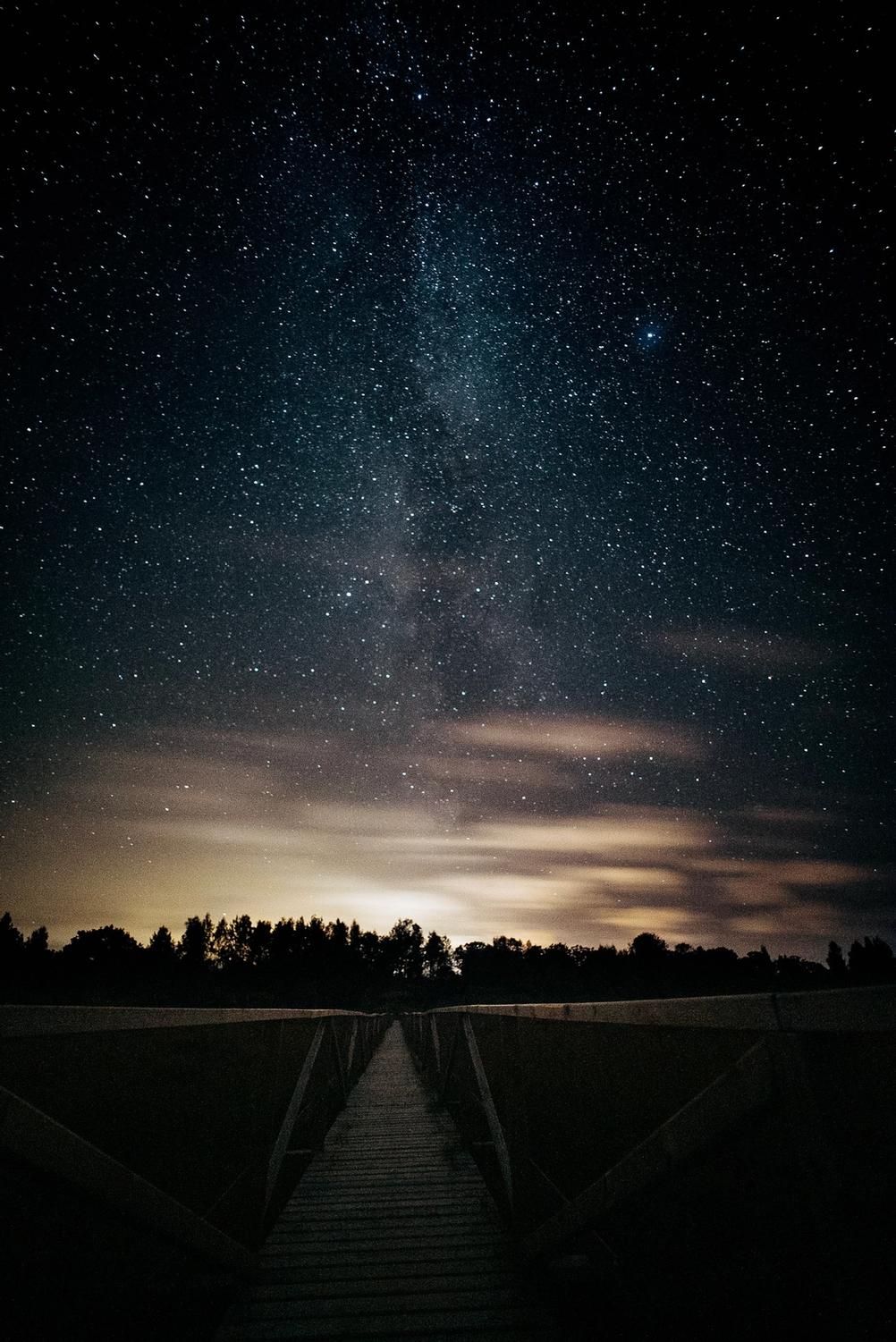
- Camera
- Sony A7S
- Lens
- Voigtländer Super Wide Heliar 15mm f4.5
With high ISO camera you can definitely capture the stars and galaxies above us.
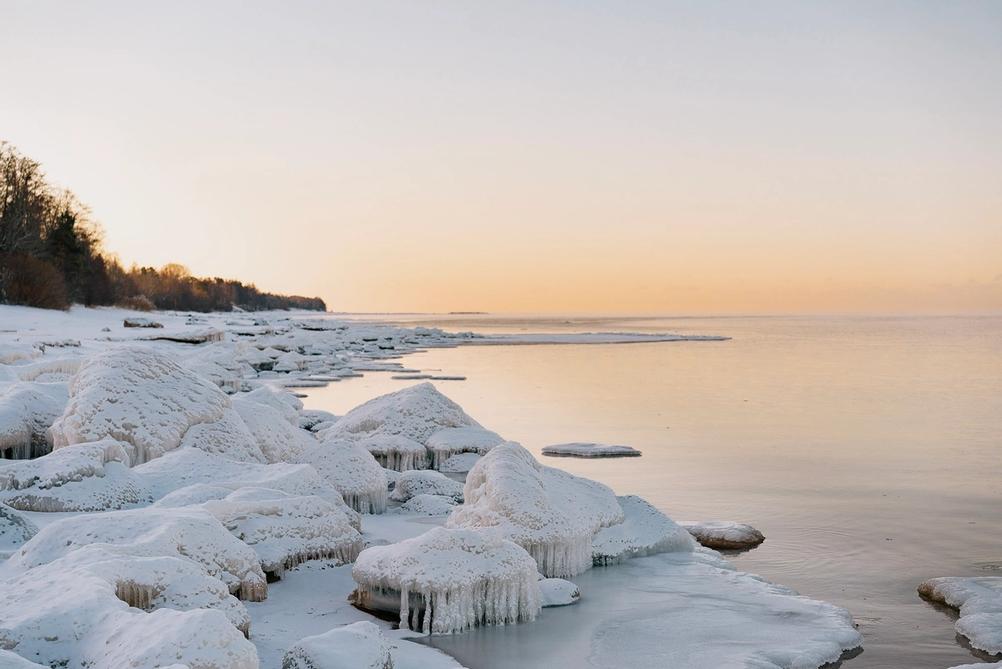
- Camera
- Sony A7S
- Lens
- Sony Sonnar T* FE 55mm f1.8
Photo from the last proper photo walk I had with this camera. I already had put it up for sale and wanted to have one last session with it. Sadly it was very, very cold and batteries only lasted for few shots. Only mechanical analog cameras survived this morning and continued taking photos.
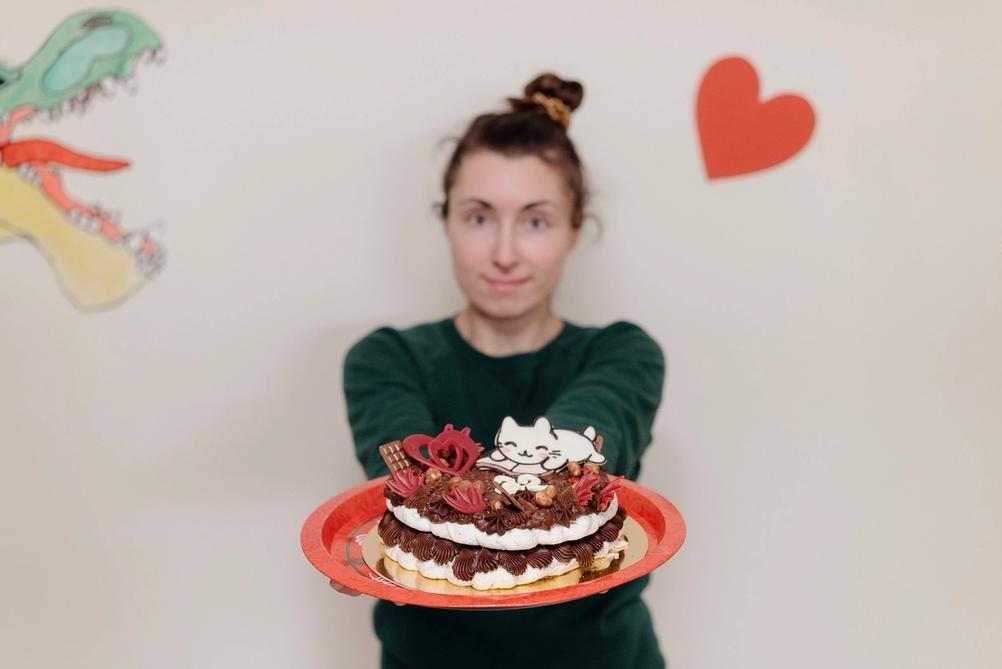
- Camera
- Sony A7S
- Lens
- Sony Sonnar T* FE 55mm f1.8
The actual last photo I took with the Sony A7S and Sony Sonnar T* FE 55mm f1.8 ZA ( still such a great name ).
Thanks Sony! Thanks Zeiss!
Memento Mori
Am I sad that I sold this kit? Slightly. If money was no subject I would keep it. The highlights to me are the high ISO capabilities and the lens. I would only shoot it a few times a year. But in those times - it would deliver amazing results.
I am happier with M9. And I shoot a lot more now - both digital and analog. Since selling it I've never felt a need to use A7S with the 50mm f1.8. Yet. A soft spot for this kit remains in my heart.
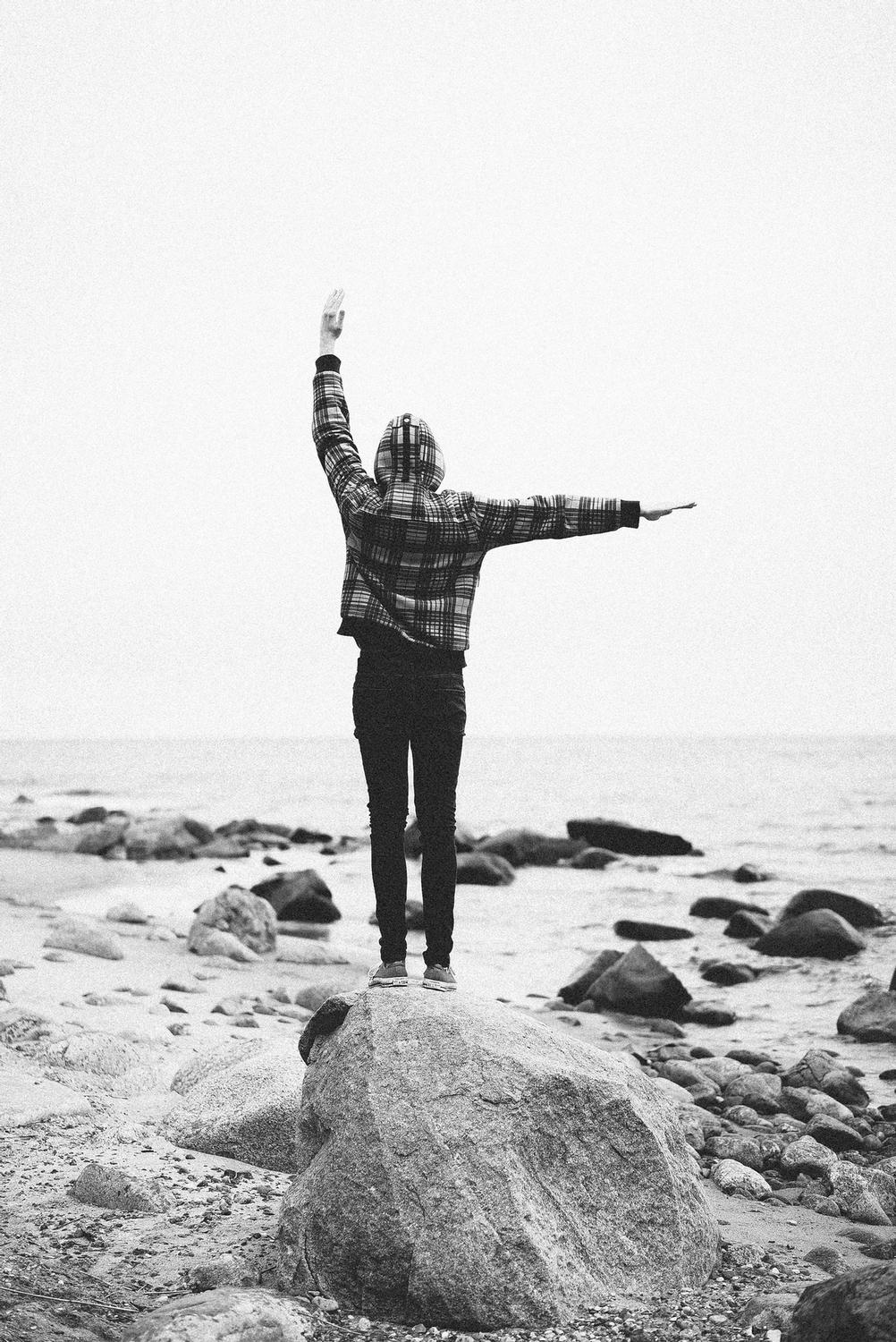
Make contact with the Sony gods.
